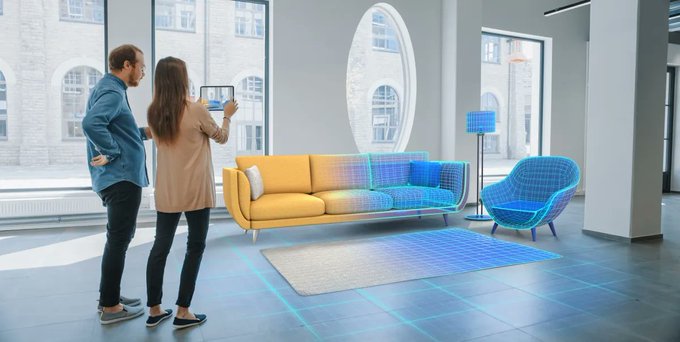There is no denying the appeal of shopping online. The ability to sift through thousands of items and ship them to your home with just a click of a button is easy and convenient. But there is a reason many people still prefer to shop in-store. According to a 2021 report on the state of consumer behavior, 33% of respondents prefer shopping at physical stores because they like to view, touch and interact with physical products. The tangible experience of touching the fabric of a couch, holding a handbag or seeing the scale of a chair in the context of a room is lost when shopping online. The offline experience allows for a more informed buying decision.
Compare this to the experience of shopping for the same item on an ecommerce marketplace. While it may be easier to shop for a new rug from the comfort of your living room, the tactile, contextual experience that many people prefer is lost. This experience gap between online and in-store shopping is a tradeoff consumers make for the sake of convenience.
Mots-clés : cybersécurité, sécurité informatique, protection des données, menaces cybernétiques, veille cyber, analyse de vulnérabilités, sécurité des réseaux, cyberattaques, conformité RGPD, NIS2, DORA, PCIDSS, DEVSECOPS, eSANTE, intelligence artificielle, IA en cybersécurité, apprentissage automatique, deep learning, algorithmes de sécurité, détection des anomalies, systèmes intelligents, automatisation de la sécurité, IA pour la prévention des cyberattaques.






